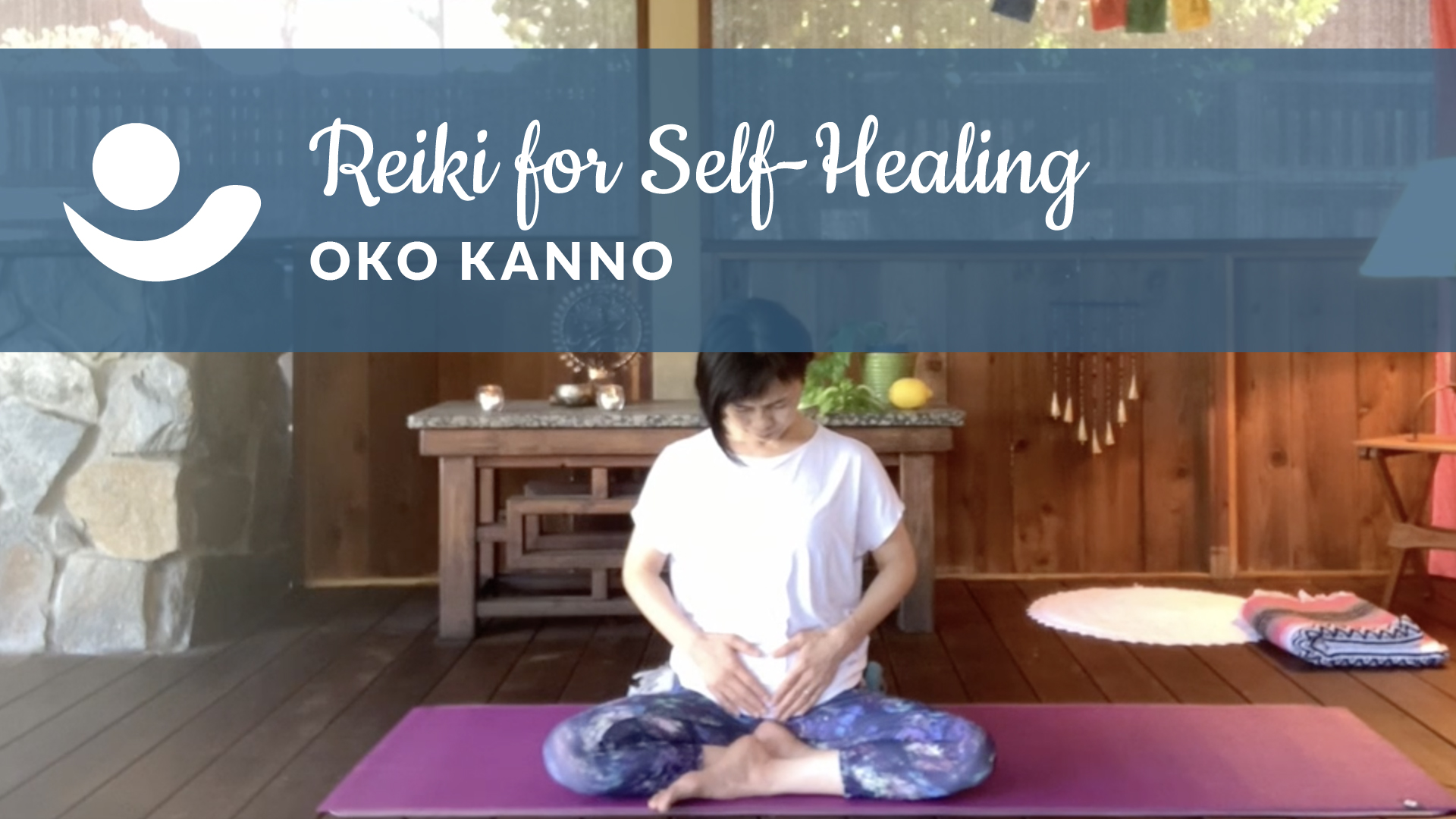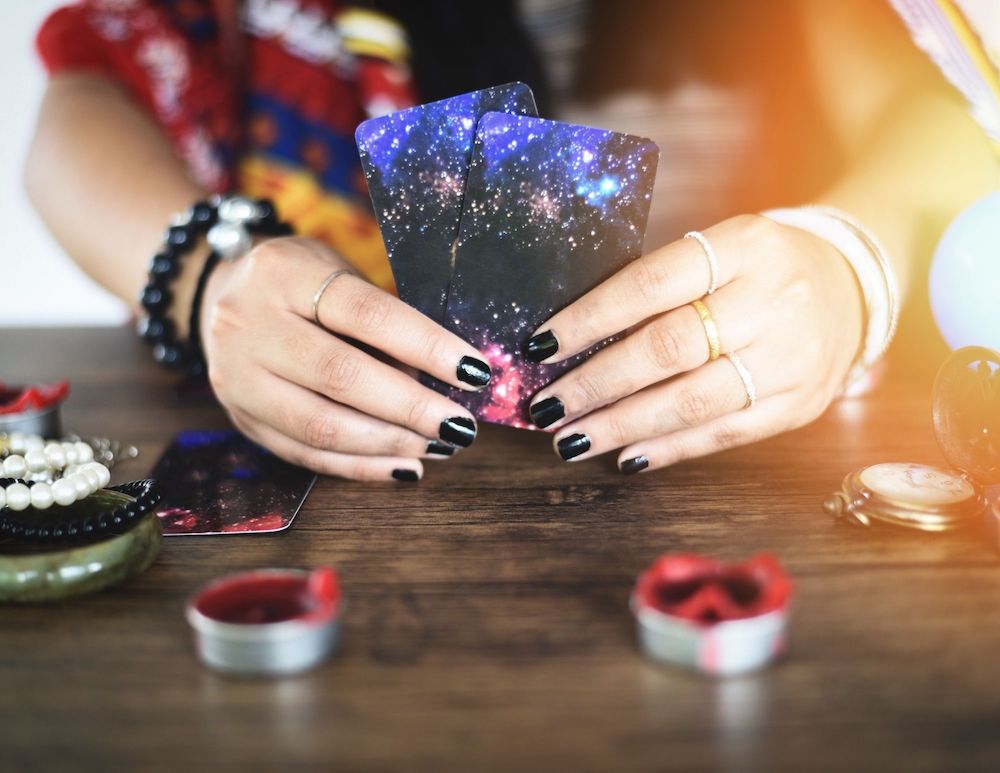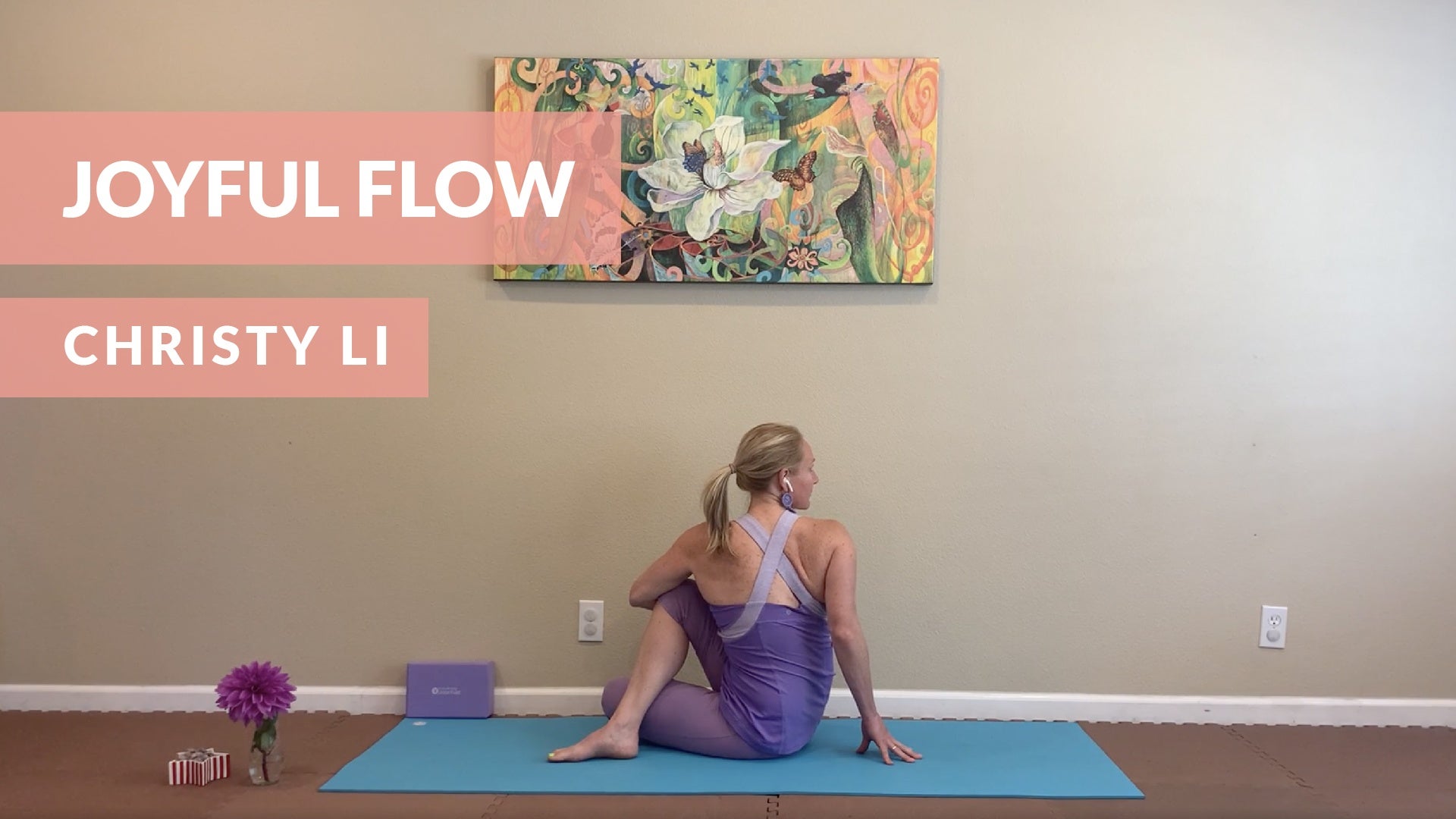There are many reasons why a pose doesn’t work for someone, which means there are many ways for me to address when someone tells me they can’t practice the pose that I’m offering at that moment. Some students will set out on their yoga adventure with shining enthusiasm but are met with difficulty stemming from their current situation and their conditioning. These barriers can be physical or psychological.
Physical Barriers to the Imaginary, “Perfect” Pose
Any time I embark on a new way of practicing asana, I am reminded of the most important ingredient: faith. When I’m offered alignment tips that are different from the way I have been practicing, I must remind myself that the awkward feeling does go away, and have faith that it will feel better. But first I have to acquaint myself with my physical barriers.
These barriers may show up quickly for someone whose joints are stiff, but for someone who is hypermobile, it can take years of overdoing, then paying for it, then rehabilitating, then trying again, to map out the danger zones.
All along the way, I’d ask myself, “Is this really a barrier? Or is it a habit?”
At the same time that these questions float through my mind, I’m also witnessing my egoic self wanting to look like everyone else, advance as quickly, and be praised just as much. The tug of war happens the moment I lay my mat down and make a conscious effort about how safe I want to play it and how much I want to be “in the club,” as yoga teacher Kent Bond is fond of saying. No one can dictate which side of the fence I’ll land on in any given practice.
When one of my students meets a physical barrier, I run through the same questions: how much of this barrier is physical, how much does this person need to be pushed or told to back off, and how can I help them find a way to conform while staying safe? There are no easy answers, and each experience is different. One piece of advice that I do pass along is to treat each practice as a new adventure, because we are dynamic creatures and can never truly predict how our bodies will respond for sure. Today might be the day that you stand on your hands in perfect balance…or, it might not.
Psychological Barriers to the Imaginary “Perfect” Pose
Memory plays such a big role in our yoga practice. Music, imagery, certain cues, touch, and all the other sensations can help – or hinder – us as we practice. I once had a student whose foot fell asleep each time she practiced swan pose in my yin class (similar to a folded pigeon pose, held for 5 minutes). This reminded her of when she was a child and would have seizures, because each of her episodes was preceded by her feet falling asleep. She couldn’t tolerate the swan pose for more than a few seconds. She became afraid, anxious, and uncomfortable, and the more she practiced, the worse it became. Because she wasn’t ready to address the trauma that the sensations brought from her past to the present, together, we worked with her body to find another way to practice this pose. At times, yoga teachers are treated like therapists, and some do have training; but, since I don’t, I worked around the issue, which made sense to me at the time.
So many of us misinterpret our memories as fixed stories whose details and consequences can never be changed. I’ve found that memory is fluid. You know that saying, “There’s his side and there’s her side, but the truth lies somewhere in the middle?” That works for memory, too. I have a friend who grew up in Germany, then moved to Italy as a young adult, and now lives here in the U.S. When she was in Italy, she replayed the dramas of her youth – the slights and painful experiences of her childhood – and they always played out in her mind with people speaking German. Now that she is here in the U.S., when she recalls these same incidences, the people in them are speaking Italian. No one ever spoke Italian when she was growing up, but this demonstrates how fluid our perception of experiences can be.
One day, I can come into someone’s yoga class and really enjoy all the plank and chaturanga dandasanas (low push-ups) that one teacher offers; another day, I feel very annoyed by this repetition – probably because my wrists are hurting, my poses don’t look as good as my neighbors, etc.
Perception is fluid. Memory is fluid. Things are rarely what they appear to be.
Just as memory can build psychological roadblocks, so can expectation. Have you ever gone to a teacher’s class with a longing for their voice, their music, their sequence that you know will “fix” whatever ails you in that moment, only to find that there is a sub? If you cling tightly to your expectations, then you are guaranteed to meet another barrier. Your mind will begin to chatter, “She doesn’t teach this pose this way; why can’t she just do it the way I know?” or “Is this really an appropriate pose for this class? Doesn’t he know what we normally do?” These, and other, thoughts stem from the egoic self, which never wants to look bad trying something new. This voice may quiet with more exposure to yoga teachers and practices, but it may always be there. I’ve even been told these words to my face before. This is a situation where the student has put up a shield and, until it comes back down, will remain unteachable.
Transformation is delayed. Ego wins.
I’ve been there, thought that, and my advice is to breathe. Trust in the goodness of others, trust yourself, trust the universe, and let go. Once we turn away from the egoic self, an entirely new practice opens up. Poses may not necessarily fit, but maybe they don’t need to.
*Editor’s note: This article was originally published in November 2014 (physical barriers; psychological barriers). It has been updated to publish on BTO in May 2020.
















